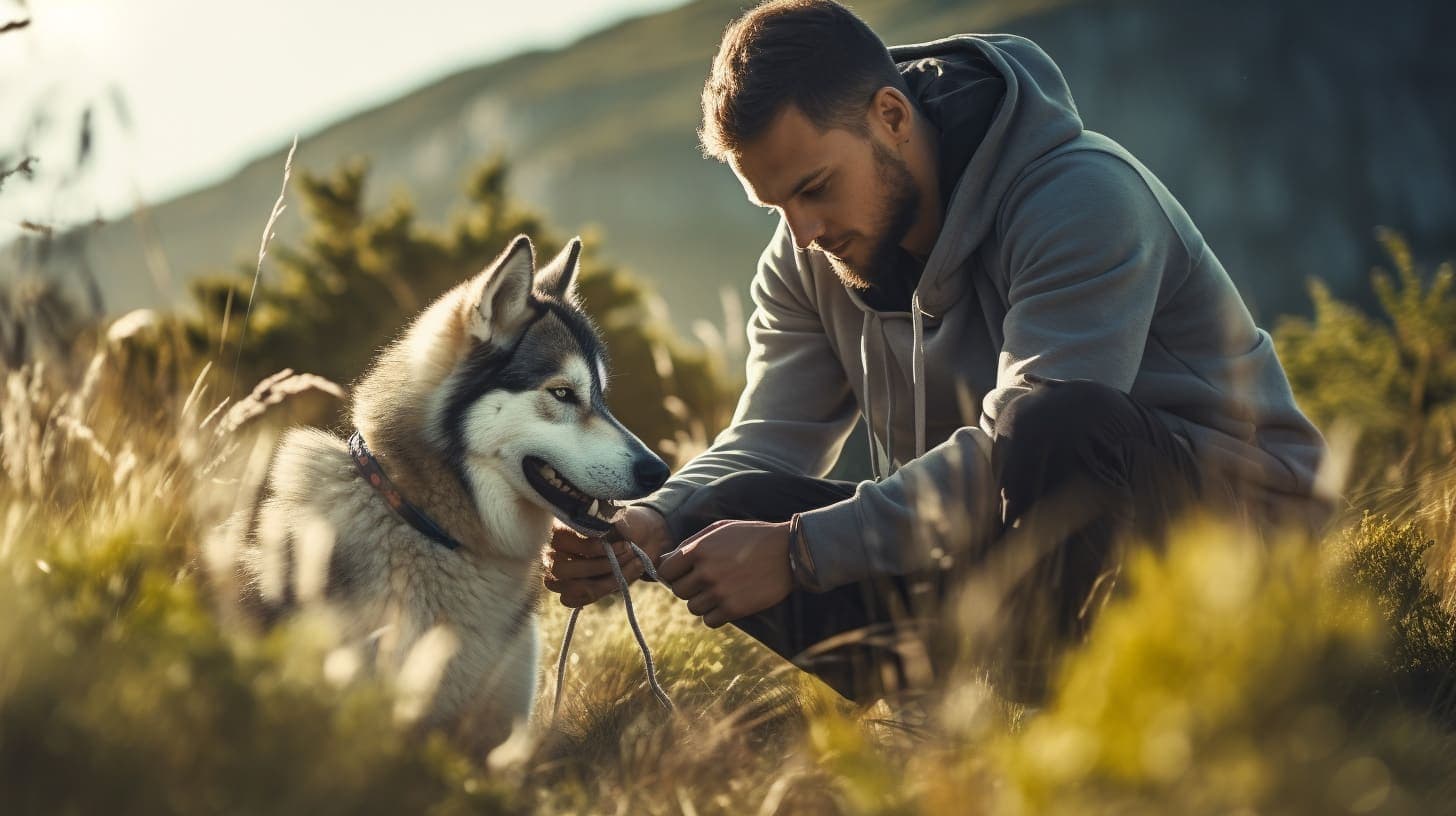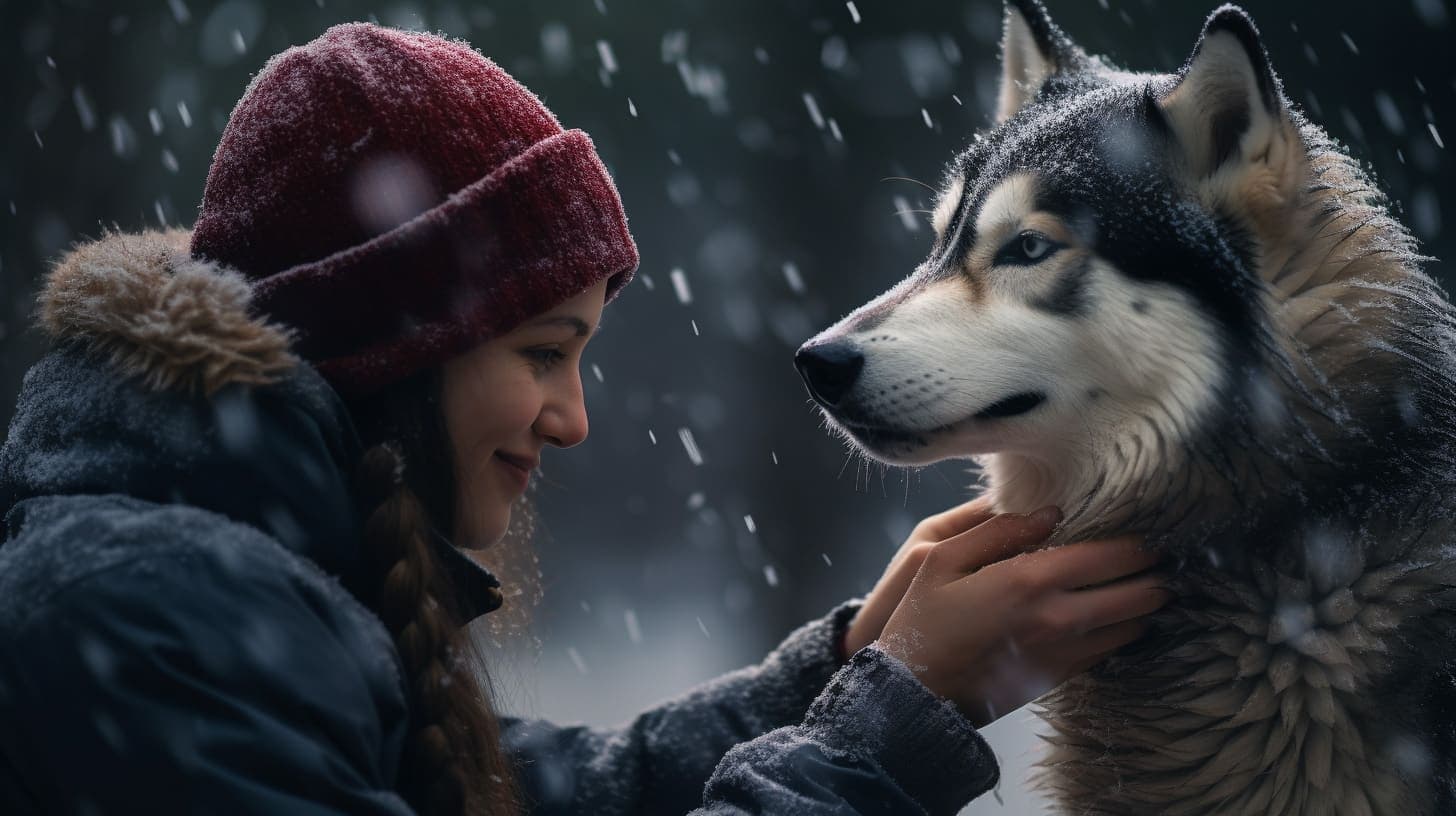How to Train a Husky - A Complete Guide
By Team Husky••14 min read

Tags
advanced training techniques|agility training|basic obedience|consistency and patience|establishing leadership|exercise and mental stimulation|Husky behavior|Husky Training|sledding|socialization|therapy dog training
Related Articles

Training & Behavior>Obedience Training
Choosing the Right Training Tools for Your Husky
This article provides a detailed guide on choosing the right training tools for your Husky. We explore a variety of tools and techniques to help your Husky grow into a well-trained, happy, and healthy dog.
October 29, 202315 min read

Training & Behavior>Obedience Training
Mastering the Basics: A Guide to Essential Commands for Your Husky
In our latest guide, we delve into the essential commands every Husky owner should know. From basic obedience to advanced instructions, learn to effectively communicate with your Husky for a stronger, happier relationship.
October 17, 202315 min read

Training & Behavior>Obedience Training
Positive Reinforcement with Husky Training
Embark on a joyful training journey with your Husky using positive reinforcement. Unveil the keys to effective training through a blend of consistency, patience, and a reward-based approach, nurturing a bond filled with love, trust, and understanding.
October 9, 202310 min read